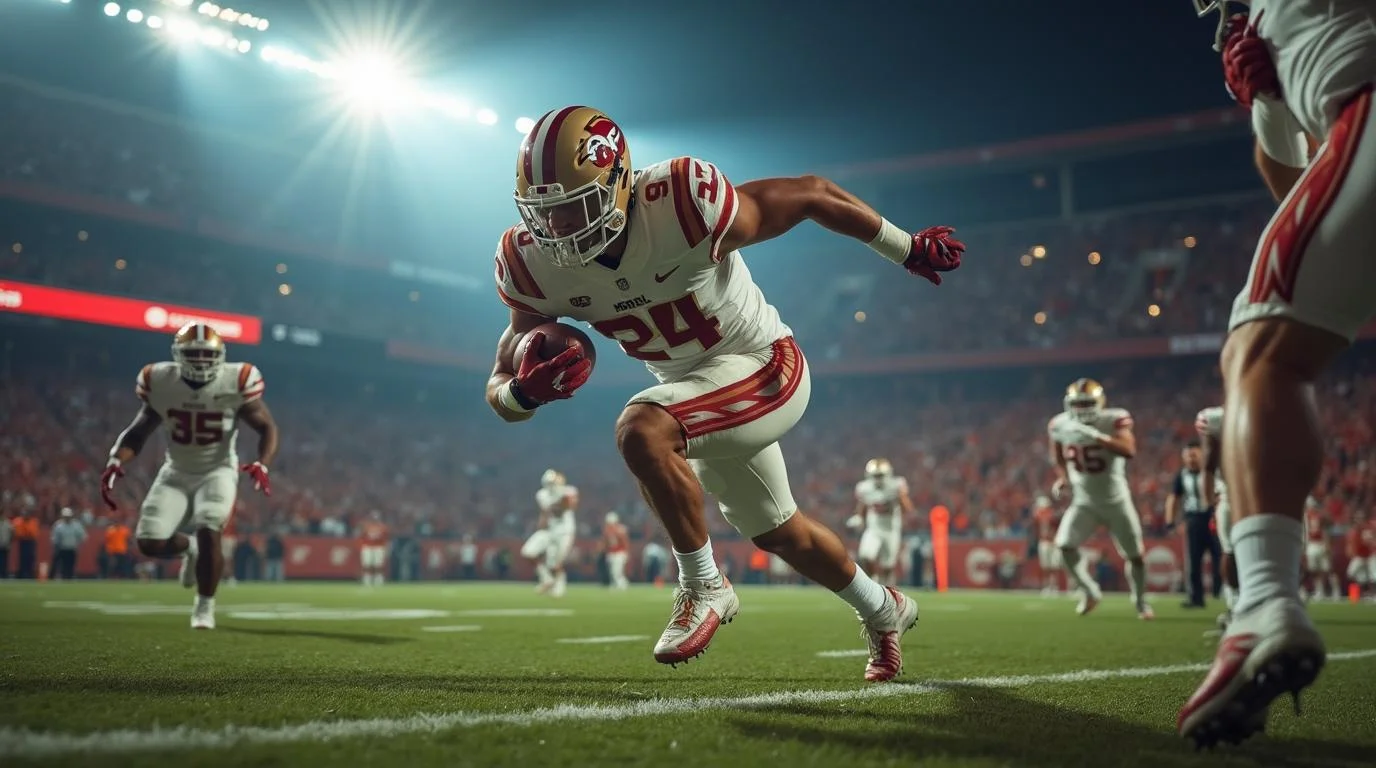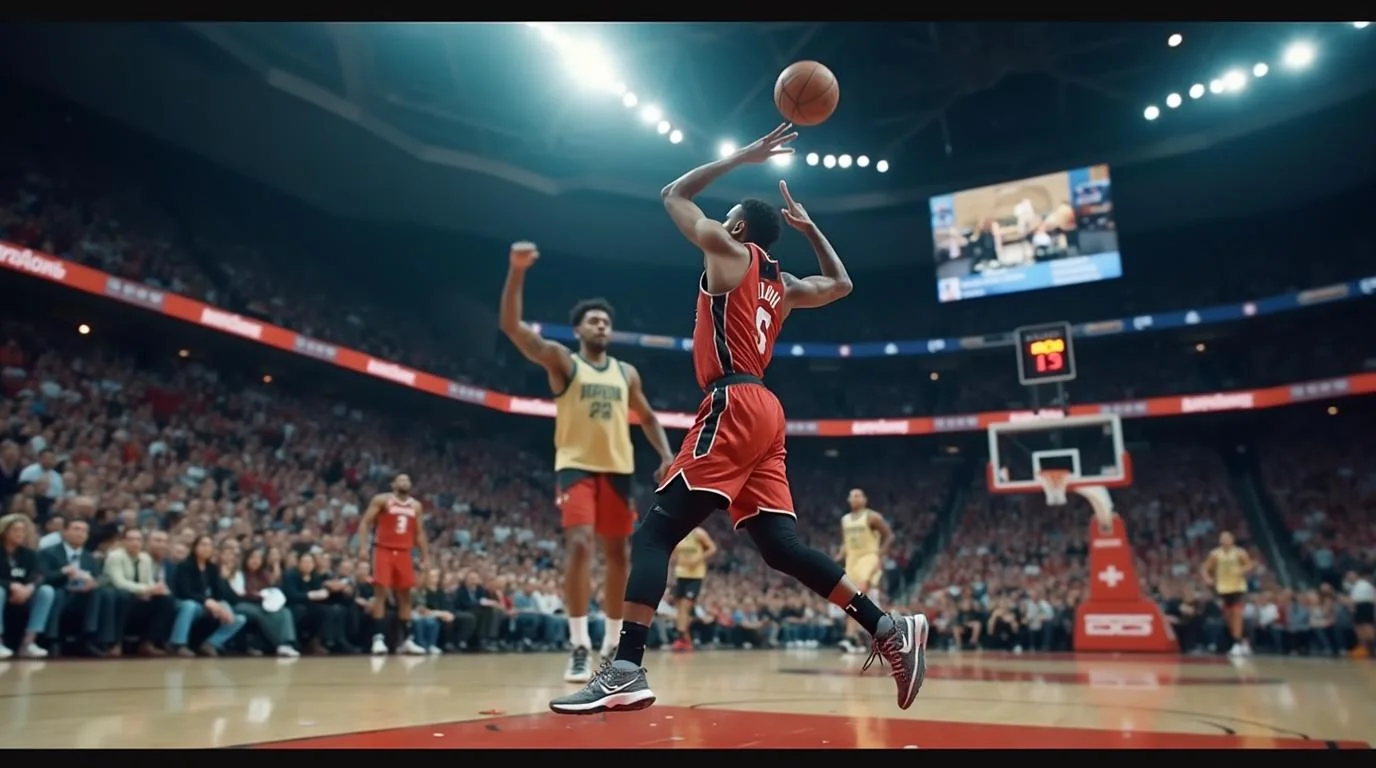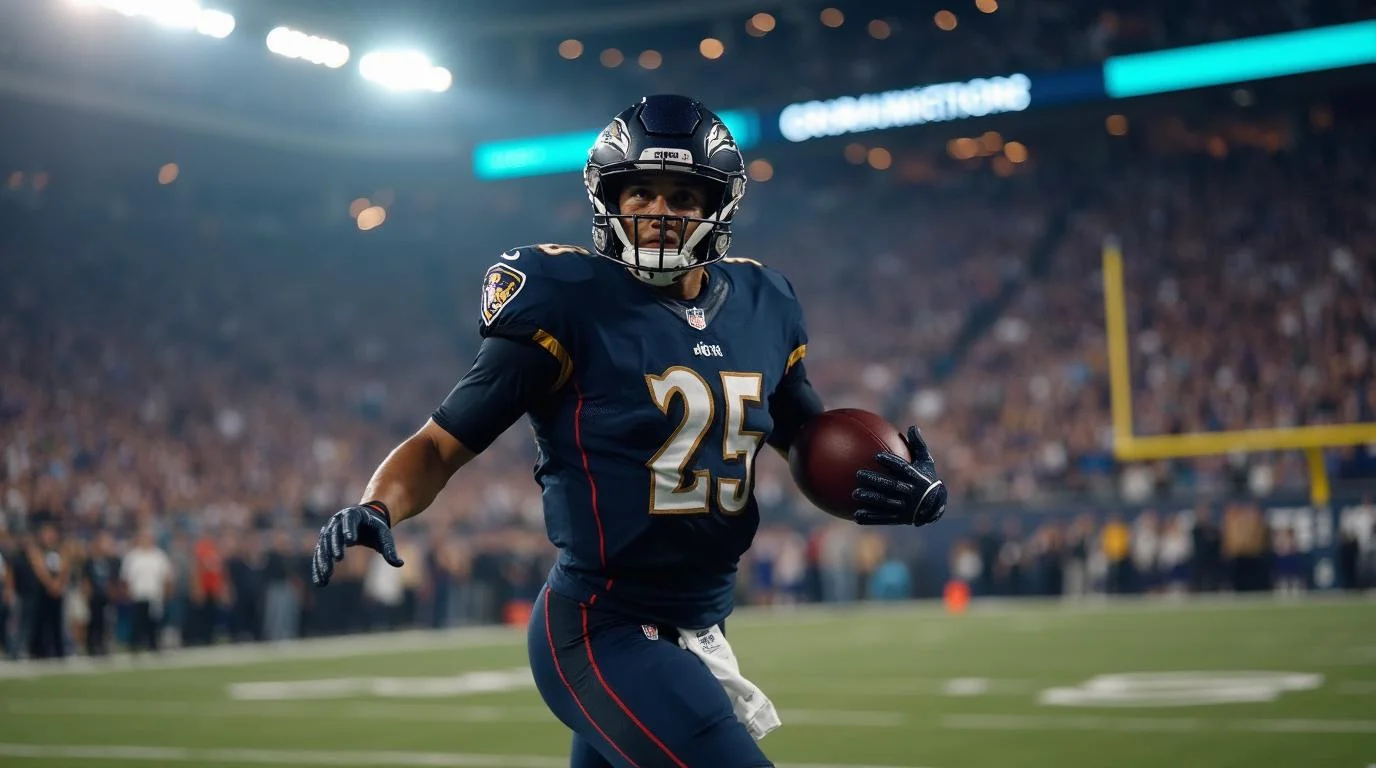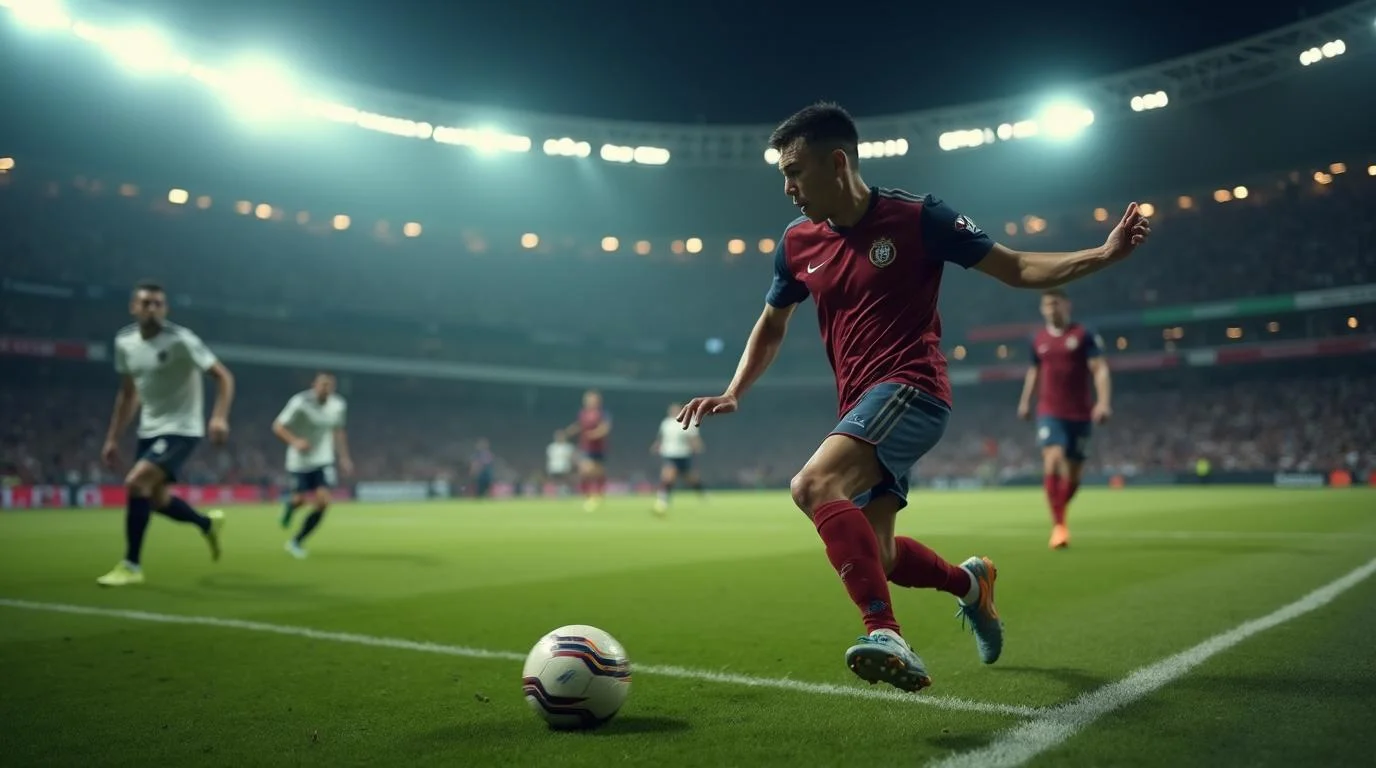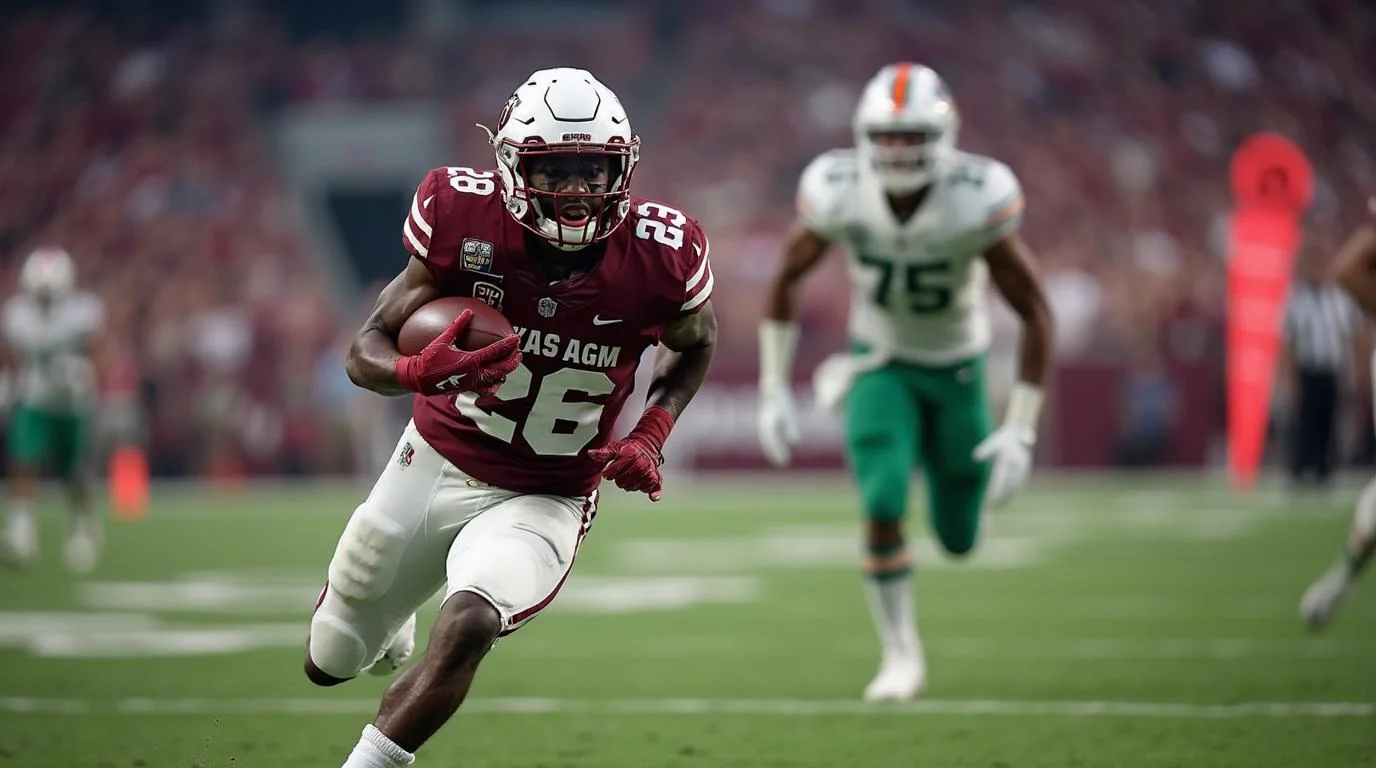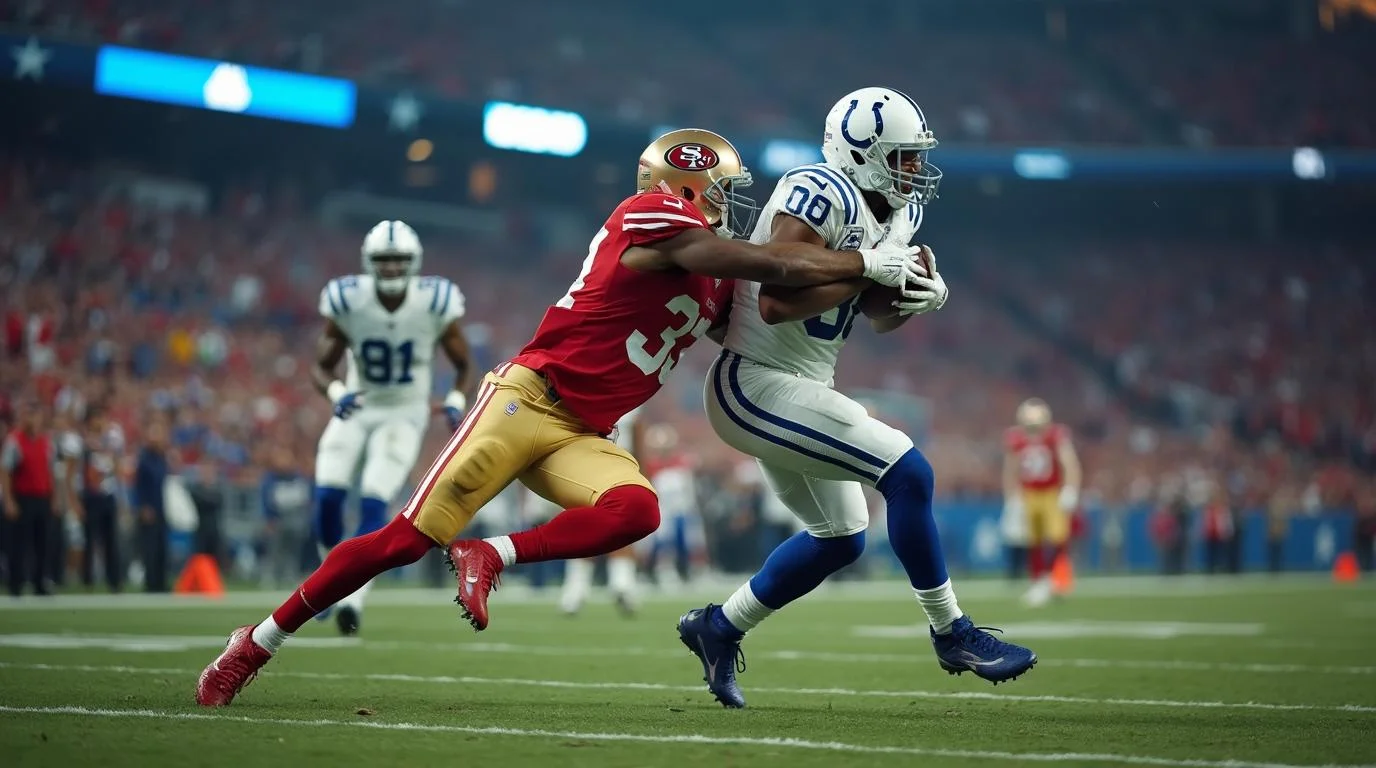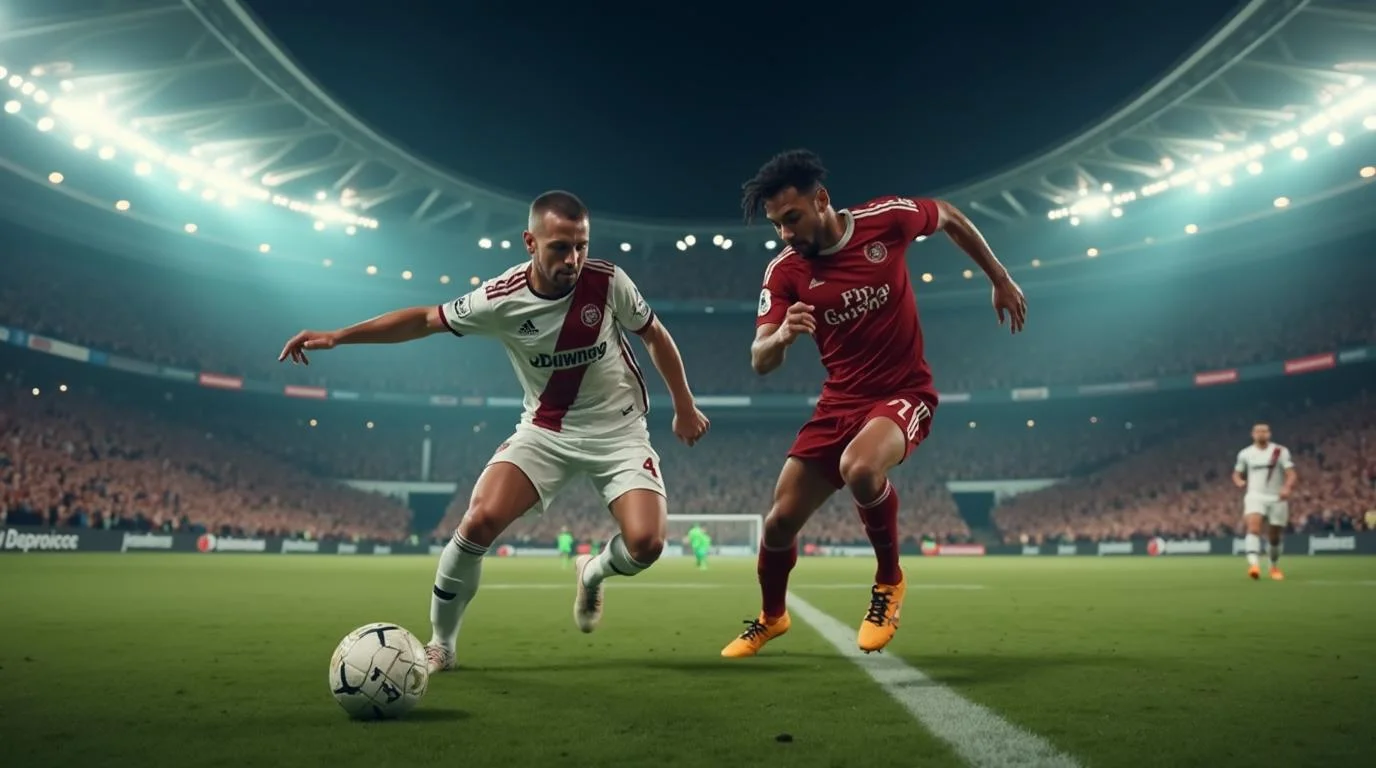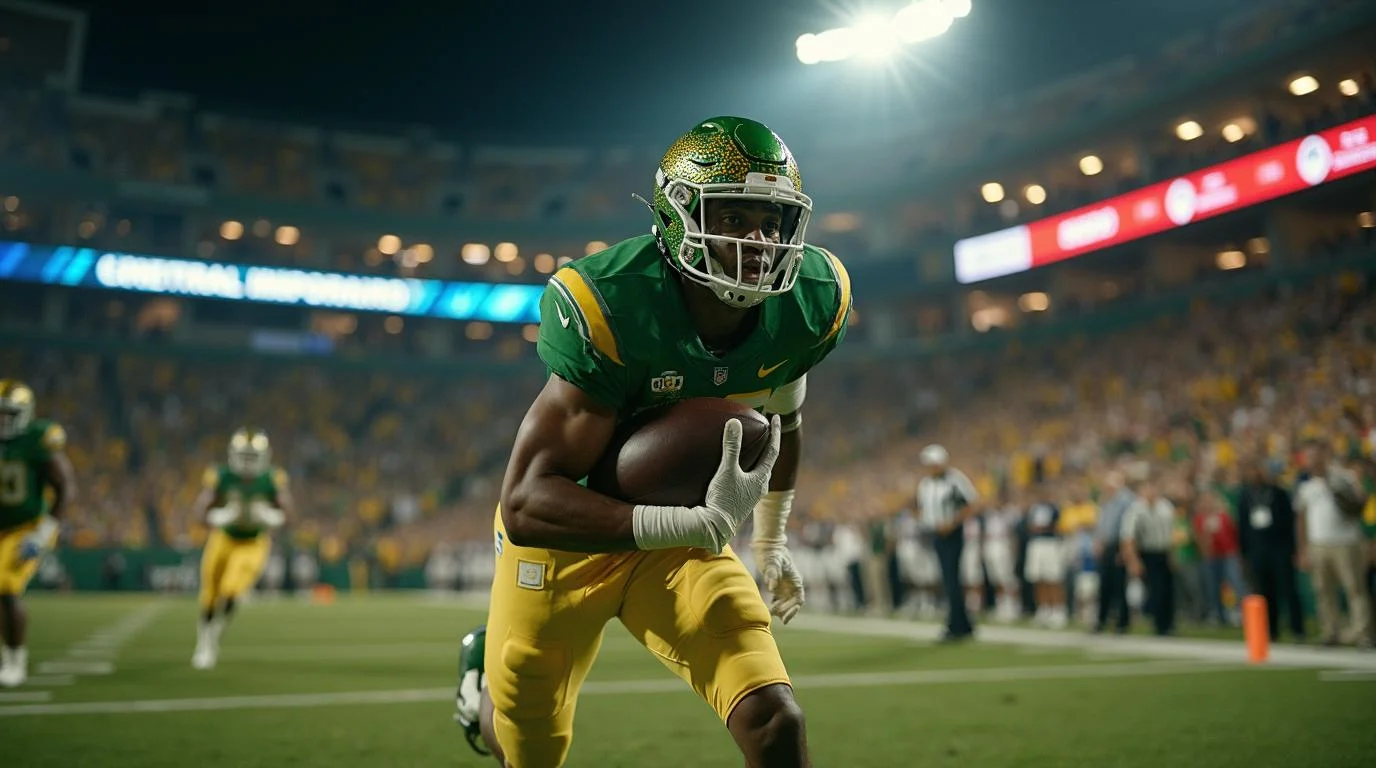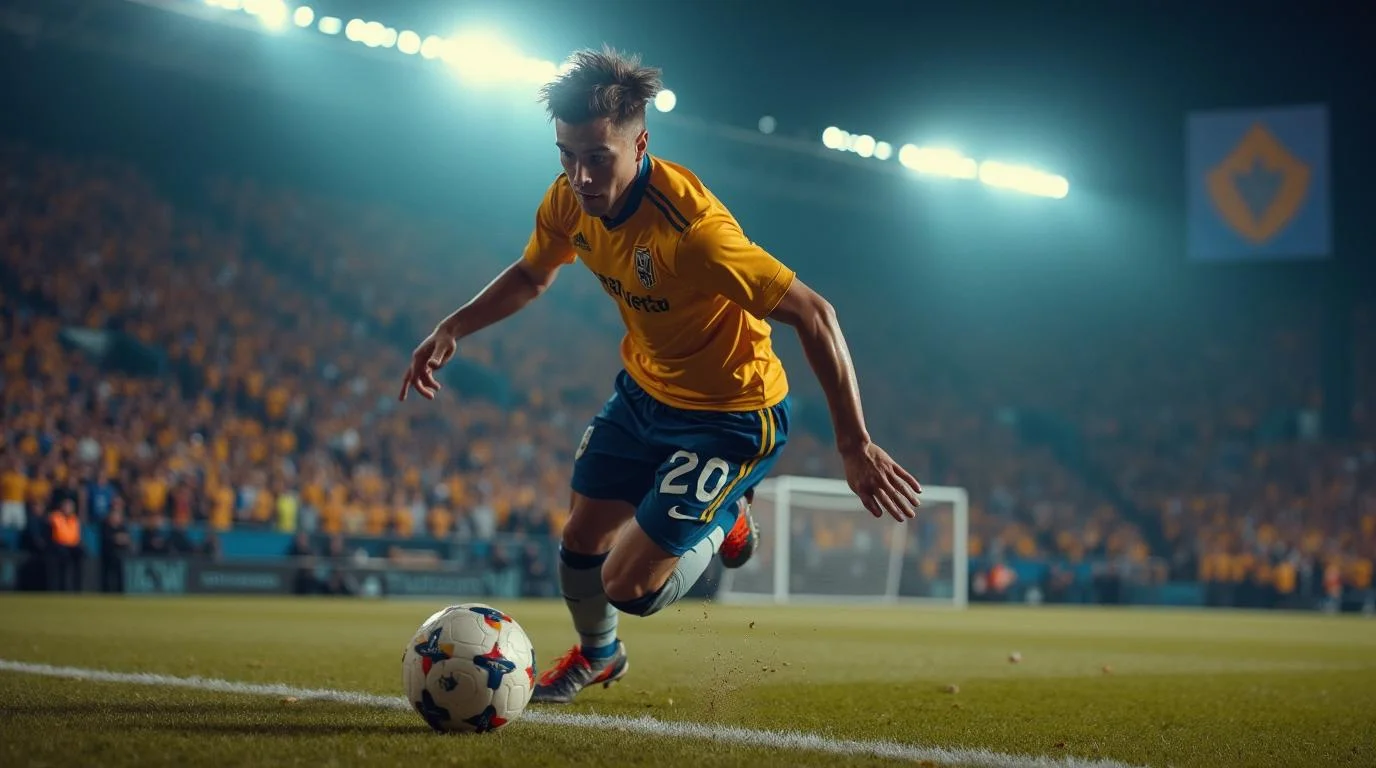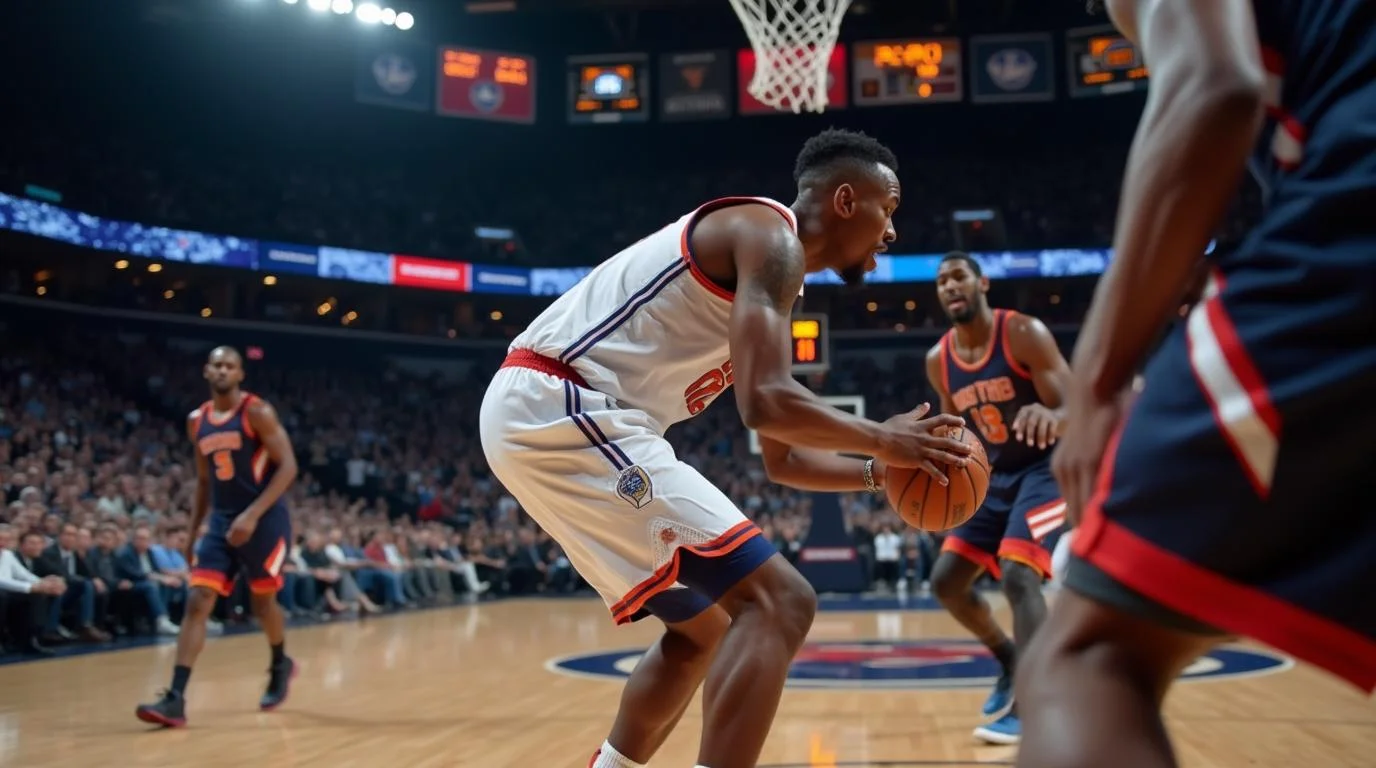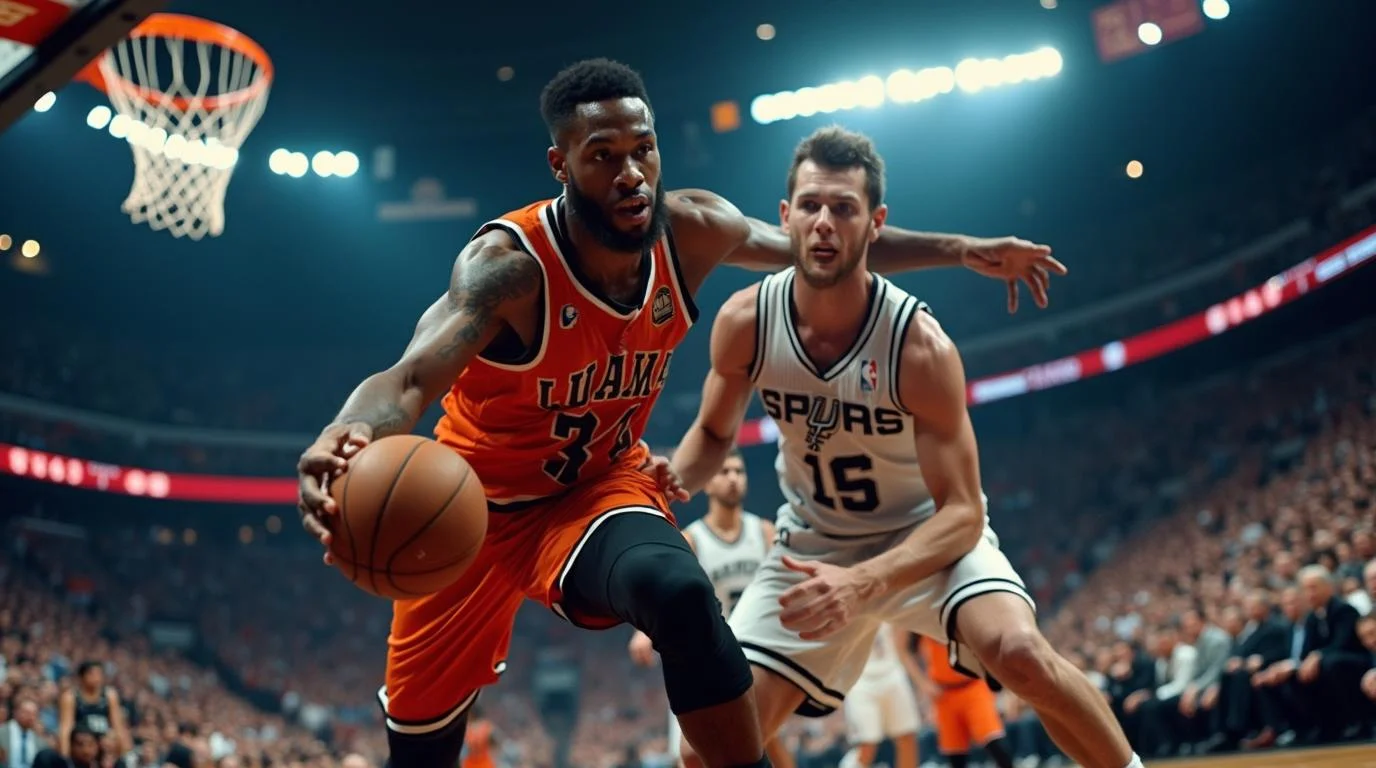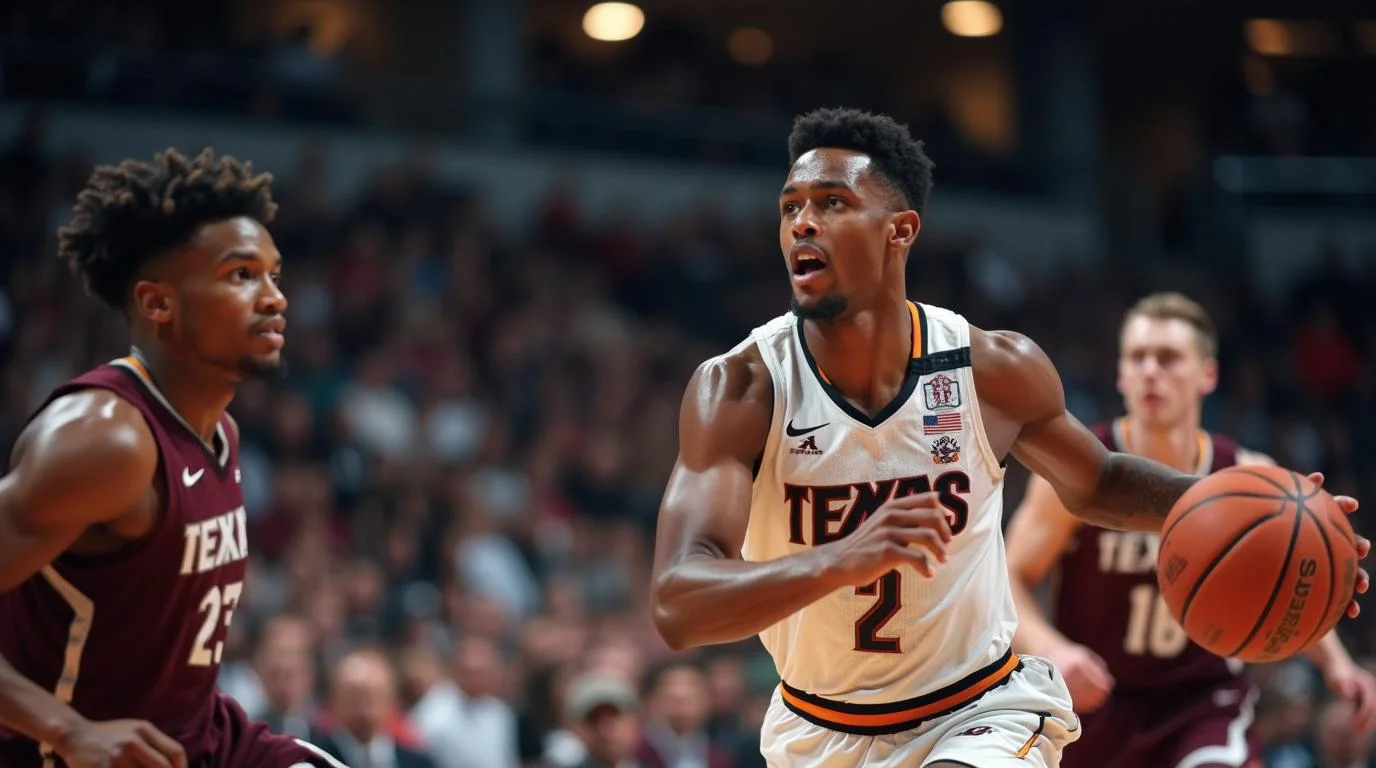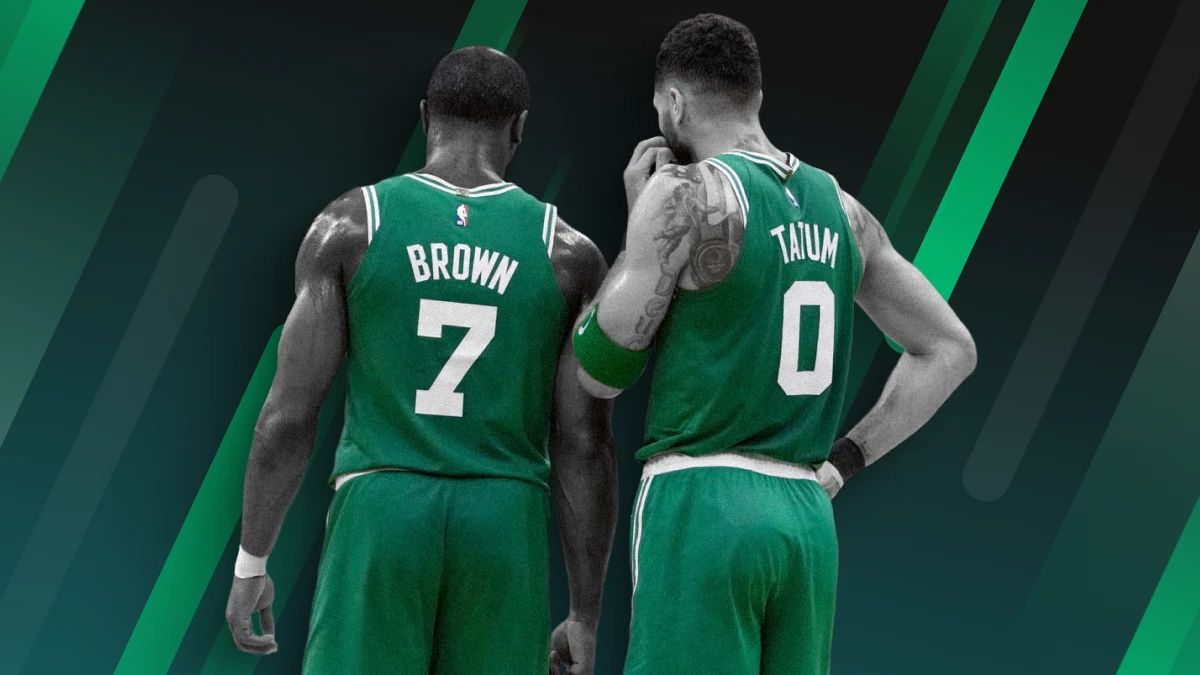Why Chet Holmgren's Development Could Make or Break the Thunder's Title Defense
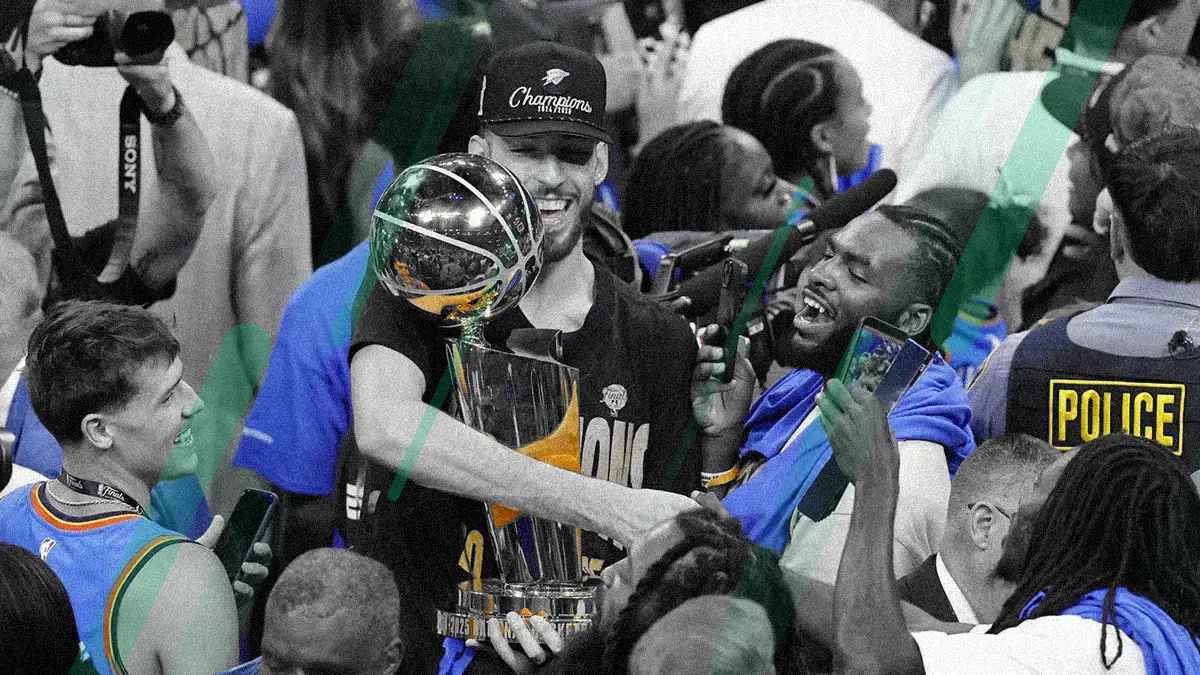
1.0
Default
The Oklahoma City Thunder are entering the 2025-26 NBA season with a target on their backs. After capturing the franchise’s second championship in June, the team now faces the challenge of defending its title in a league that’s reloading fast. At the center of those efforts is Chet Holmgren, the lanky, skilled big man whose growth could determine whether OKC can repeat as champions.
Holmgren’s second season showed promise. His rim protection, perimeter shooting, and basketball IQ were all on display, helping the Thunder evolve into a more complete team. But as the competition stiffens and expectations rise, so too does the pressure on Holmgren to take a leap forward.
Entering his third NBA season, Holmgren is no longer an unknown quantity. Teams have film, they’ve seen his tendencies, and they’ll be game-planning accordingly. For the Thunder to run it back, Holmgren must shift from being a complementary piece to a consistent, high-impact presence on both ends of the floor.
Anchoring the Interior
One of Holmgren’s most important responsibilities will be anchoring the Thunder’s defense. While Shai Gilgeous-Alexander and Jalen Williams carry much of the offensive load, Holmgren can contest shots, alter drives, and switch onto smaller players, which gives Oklahoma City its defensive identity.
Last season, Holmgren averaged just over two blocks per game and made an early case for All-Defensive team consideration. But in key playoff moments, teams exploited his lack of bulk, especially when matched up against more physical bigs. If the Thunder want to maintain their defensive dominance through another deep playoff run, Holmgren has to improve his core strength and post defense.
That doesn't mean becoming a traditional bruiser, but adding enough physicality to avoid being outmuscled by players like Nikola Jokic or Joel Embiid if matchups dictate it. The Thunder are counting on his shot-blocking instincts and mobility, but without improved rebounding and interior resistance, opposing teams could find a soft spot in the paint.
Offensively, Holmgren is already a versatile threat. He shot over 38% from three in his rookie campaign and stretched defenses by consistently knocking down pick-and-pop jumpers. Still, his role as a scorer needs to evolve. The Thunder’s spacing depends on Holmgren being willing and able to take more shots – especially mid-range turnarounds and drives when opponents chase him off the arc. If he can add a reliable short-roll floater or post fadeaway, he becomes a much tougher cover.
The Missing Piece to an Emerging Dynasty
The Thunder’s roster is loaded with young talent. Gilgeous-Alexander is a perennial MVP candidate, Jalen Williams has blossomed into a two-way force, but Holmgren represents the ceiling-raiser. He is the piece that can elevate this team from great to dominant.
In the NBA, sustaining success is harder than achieving it. Health, chemistry, and continued player growth are all required. Holmgren is healthy now, but the Thunder need him to handle the physical toll of an 82-game season and deep playoff battles. The team has been strategic in managing his minutes and matchups, but at some point, Holmgren will need to prove he can carry a heavier load.
He also has to become a more vocal leader. Gilgeous-Alexander sets the tone with his poise, but Holmgren’s understanding of defensive coverages and offensive spacing puts him in a natural leadership position. The next step is asserting that voice on the floor, calling out rotations, demanding the ball in key moments, and holding teammates accountable.
Holmgren’s development isn’t just a subplot to Oklahoma City’s season. It’s the storyline. And how far he goes this year could define not just this team’s future, but the next era of the NBA.








_800x800.webp)

